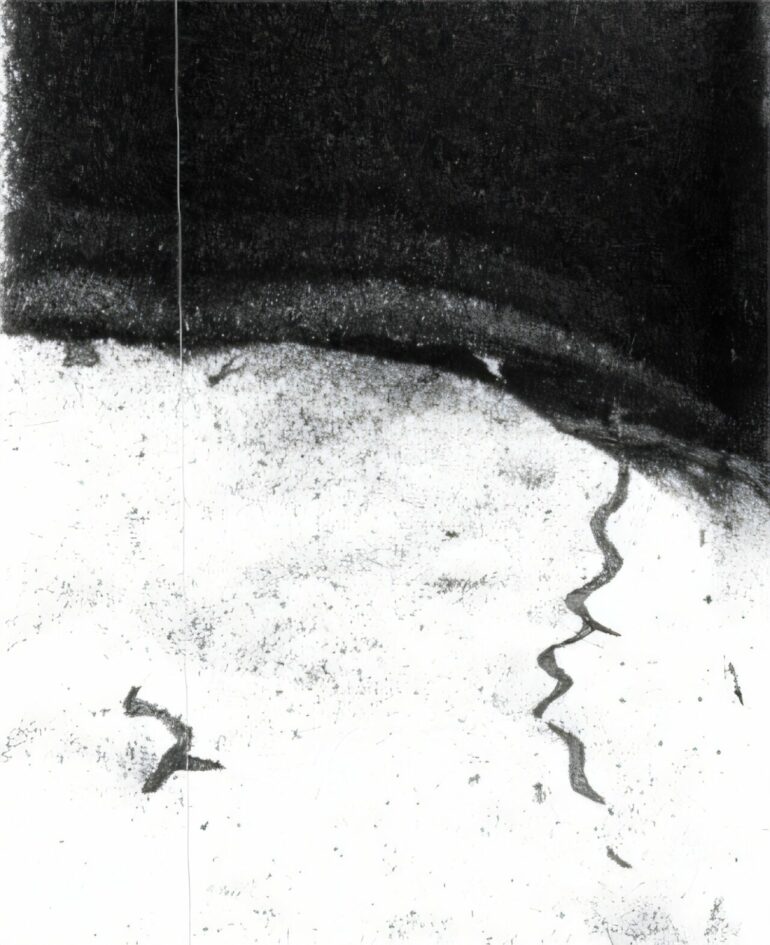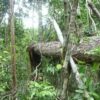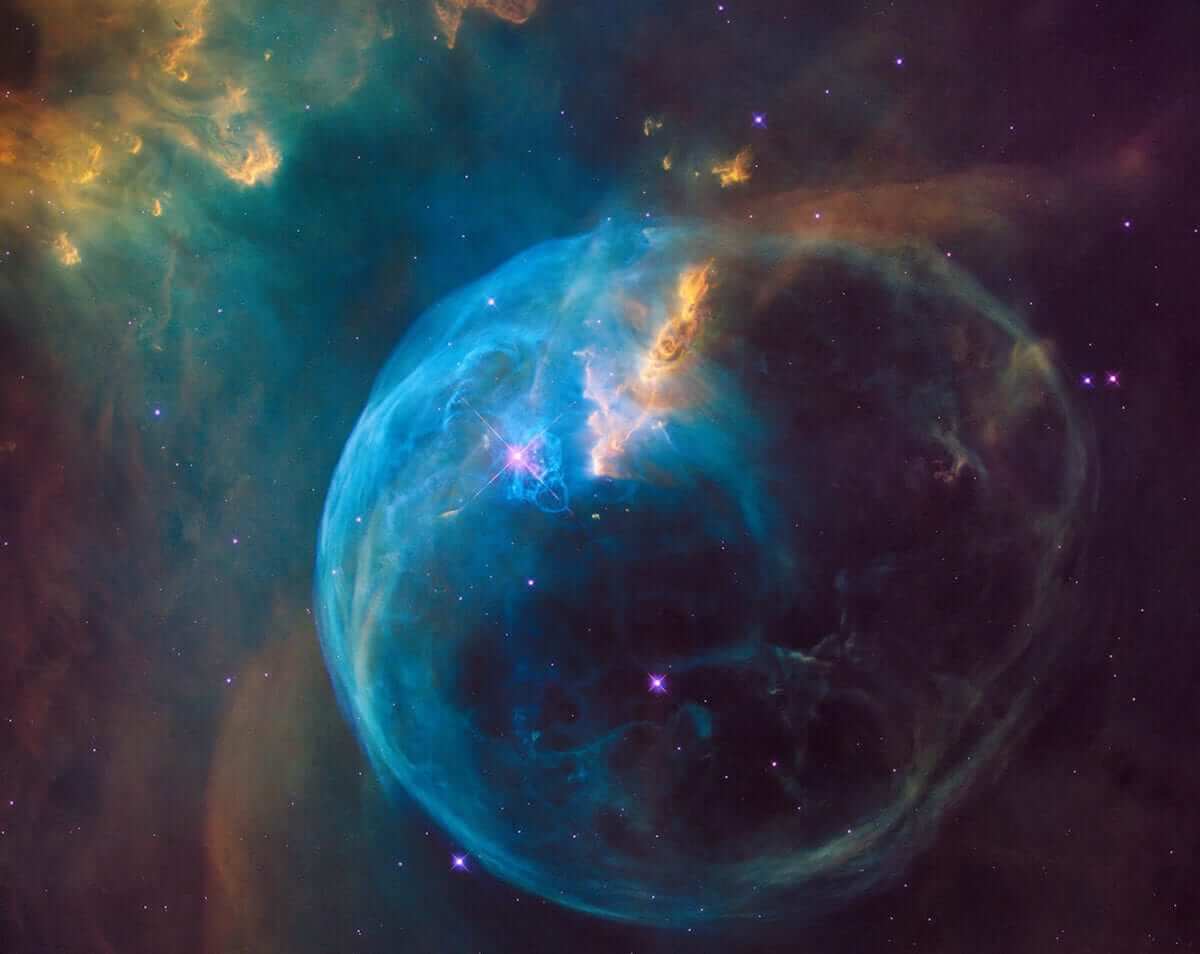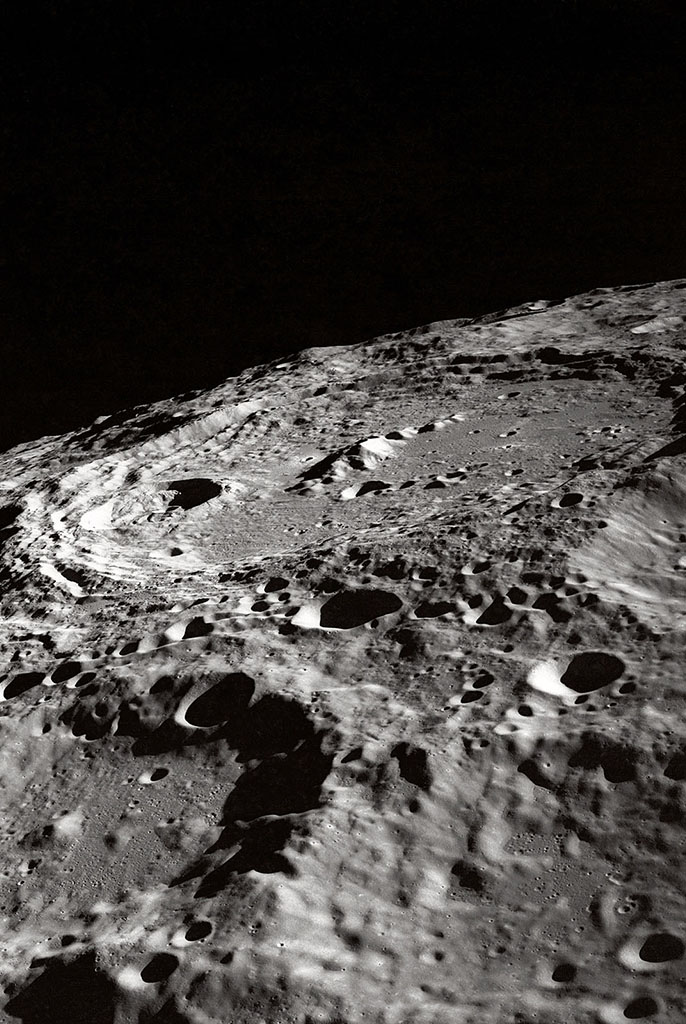Traces of organisms detected in sediments from 7.5 kilometers below the ocean surface reveal how organisms living in the deep sea are engineering their own environments. Analyses of sediment cores from the Pacific Ocean’s Japan Trench, presented in Nature Communications, uncover evidence of burrowing and feeding activity of these deep-sea dwellers.
The Hadal Zone is the deepest part of the ocean, located at depths of over 6 km, and consists of long, narrow isolated trenches. Little is known about the ecosystems in these environments and even less about bioturbation (the reworking of seafloor sediments by inhabiting organisms), which is a key process that affects nutrient cycling and ecosystem functioning. Additionally, the traces left by bioturbating organisms, such as burrows, can serve as a record of organism behavior within the ecosystem.
Jussi Hovikoski and colleagues analyzed 20 sediment cores from 7.5 km depth across the Japan Trench of Holocene sediments. X-ray scanning was used to examine the structure of the sediment and combined with geochemical and grain size data from the sediment itself. From these cores, the authors were able to show that sediment is deposited by gravity flows—events when sediment and other materials are deposited on the sea floor from trench margins above.
The authors demonstrate how these deposited sediments are initially colonized and bioturbated by organisms that exploit the new nutrient-rich and oxygenated bottom sediment. The early colonizers could potentially include holothurians (commonly known as sea cucumbers). The authors suggest that as organic matter decomposes, the bottom sediment then becomes oxygen-starved. This final phase of colonization is characterized by the presence of invertebrate species that utilize the microbial communities.
Documenting and describing these traces in deep-sea sediments is important for shedding light on a poorly understood ecosystem, the authors conclude.
More information:
Jussi Hovikoski et al, Bioturbation in the hadal zone, Nature Communications (2025). DOI: 10.1038/s41467-025-56627-x
Provided by
Nature Publishing Group
Citation:
Deep-sea organisms shape ocean floor at 7.5 km depth (2025, February 18)



